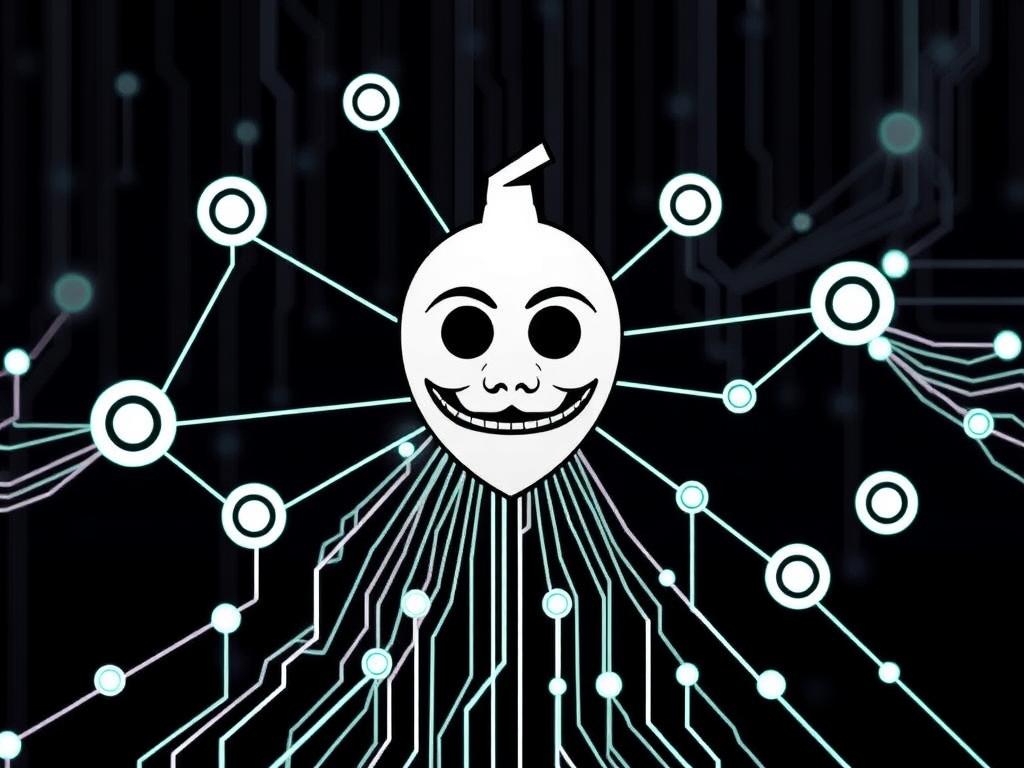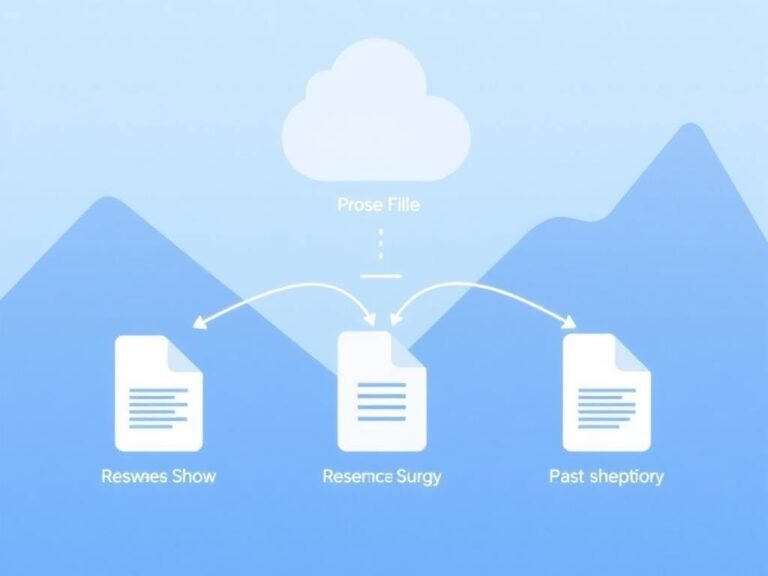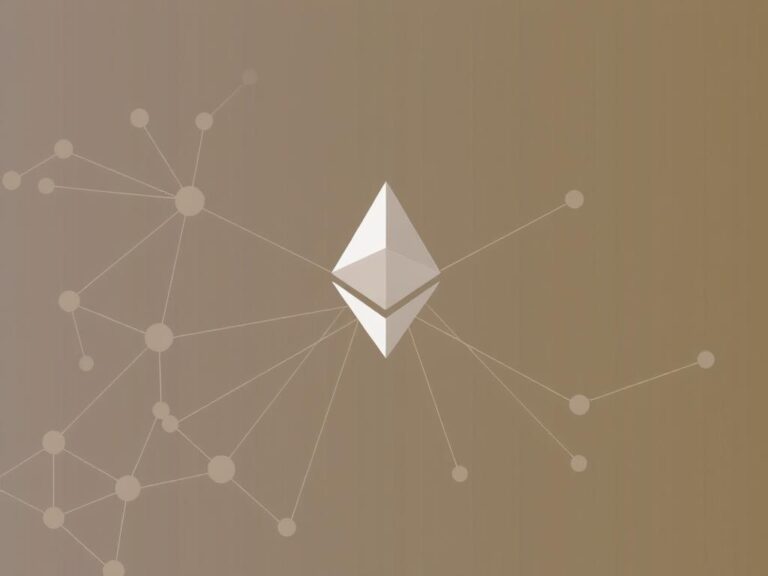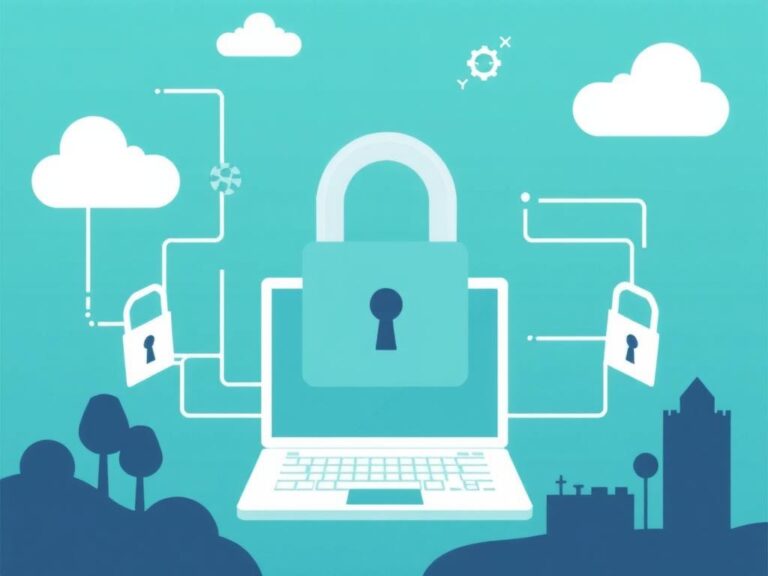Can P2P Networks Be Truly Anonymous? Exploring Privacy in Peer-to-Peer Systems
Understanding P2P Networks: What Makes Them Tick?
Peer-to-peer (P2P) networks have revolutionized the way we share data, communicate, and even conduct business online. Unlike traditional client-server models, P2P networks decentralize data distribution by enabling users, or “peers,” to connect directly with one another. This peer connectivity makes P2P networks efficient for sharing files, streaming content, and supporting decentralized applications. But with such direct connections comes an inherent question: can P2P networks be truly anonymous?
To address this question, we first need to understand how P2P networks operate from a technical and social perspective. Every participant in a P2P network acts both as a client and a server, contributing resources like bandwidth and storage while simultaneously requesting data. This dual role improves redundancy and scalability but introduces potential privacy concerns. When you connect to another peer, your IP address is often visible, making it possible for observers or other participants to identify your network location.
What Does Anonymity Mean in the Context of P2P?
Before diving deeper, it’s important to clarify what true anonymity entails in a peer-to-peer environment. Anonymity means that no one can trace your actions or data transfers back to your real-world identity. In a fully anonymous P2P network, peers wouldn’t know who is requesting or sharing specific files, nor would third parties be able to monitor user activities.
In practice, P2P anonymity involves several layers: hiding the user’s IP address, encrypting communications, and obscuring the metadata that often reveals usage patterns. Achieving all this is challenging because P2P networks thrive on openness and cooperation.
Common anonymity risks in P2P networks
- IP address exposure when connecting to peers
- Traffic analysis by ISPs or monitoring agencies
- Infiltration attacks by malicious users posing as legitimate peers
- Logging by node operators or centralized index servers
Because of these vulnerabilities, many question if P2P networks can ever be fully anonymous, or if anonymity is simply a spectrum.
Techniques to Enhance Anonymity in P2P Networks
Over the years, various approaches have emerged to improve privacy and anonymity in P2P systems. Some rely on sophisticated encryption and routing protocols, while others use network design strategies to shield user identity. Let’s take a look at some of the common techniques:
Onion Routing and Mix Networks

Onion routing, popularized by The Onion Router (Tor), is a method in which data is encrypted and sent through multiple intermediary nodes to obscure the source and destination. While originally designed for general internet traffic, onion routing concepts have been adapted into certain P2P networks to mask user identities.
Mix networks work similarly but introduce deliberate delays and message batching to make traffic analysis even harder. These methods can provide a good level of anonymity but often come with increased latency and complexity.
Distributed Hash Tables (DHTs) and Decentralized Identifiers
DHTs are widely used in P2P networks for locating resources without relying on a centralized server. Improved DHT design can help reduce metadata leakage by removing central points of vulnerability. Pairing DHTs with decentralized identifiers (DIDs) can further obscure the connection between the user and their activities.
VPNs and Proxy Services
Many users employ virtual private networks (VPNs) or proxy servers to hide their IP address when participating in P2P activities. While this can prevent direct exposure to peers, the trust shifts to the VPN or proxy provider, which could log user data or cooperate with external entities.
Challenges: Why True Anonymity Is So Hard to Achieve
Even with these tools, achieving absolute anonymity is a monumental challenge. One reason is the fundamental need for peers to identify each other to exchange data. While encryption can hide message content, network metadata like IP addresses, timing, and packet size often remain exposed and ripe for analysis.
Additionally, P2P networks frequently depend on incentives for resource sharing. To enforce these incentives, participants must distinguish between cooperative peers and freeriders, making complete anonymity impractical.
Table: Comparison of Anonymity Solutions in P2P Networks
| Technique | Strengths | Weaknesses | User Impact |
|---|---|---|---|
| Onion Routing | Strong anonymity, hides IP addresses | Increased latency, complex implementation | Slower speeds, more technical setup |
| VPN/Proxy | Easy IP masking, available commercially | Trust shifts to provider, possible logs | Simple for users, potential privacy risk |
| DHT Improvements | Reduces metadata leakage | Complex to implement, limited anonymity | Little impact on user experience |
| Mix Networks | Strong protection against traffic analysis | High latency, bandwidth overhead | Slower, less practical for real-time use |
Real-World Examples: Anonymous P2P Networks in Action
Several P2P networks have attempted to integrate anonymity features into their core architecture. Examples include I2P (Invisible Internet Project) and Freenet, which focus on privacy-preserving communication and file sharing through routing traffic in ways that obscure participant identities.
These networks use layered encryption and routing to protect users but often face challenges in scalability and user adoption. While they offer a higher degree of anonymity than traditional file-sharing networks, they aren’t immune to sophisticated attacks or user errors that can reveal identity.
Best Practices for Users Seeking Anonymity in P2P

- Combine multiple tools: use VPNs with privacy-focused P2P clients.
- Understand the risks and adjust sharing behavior accordingly.
- Avoid revealing personal information during P2P interactions.
- Regularly update software to patch security vulnerabilities.
No single method guarantees perfect anonymity, and most users benefit from applying layered protections.
Emerging Technologies: Is the Future of P2P Anonymity Bright?

Blockchain and decentralized ledger technology offer intriguing possibilities for anonymous P2P transactions and data sharing. Privacy-oriented cryptocurrencies such as Monero or Zcash demonstrate that finance transactions can be obscured in a decentralized manner. Likewise, some P2P systems are exploring confidential computing and zero-knowledge proofs to enhance user privacy without sacrificing functionality.
As AI and machine learning improve traffic analysis, new countermeasures are also required to stay ahead of de-anonymization efforts. The tug-of-war between privacy advocates and surveillance remains dynamic, promising ongoing innovation in P2P anonymity tools.
Summary
The capability of P2P networks to be truly anonymous is a complex and evolving topic. While various techniques increase privacy, inherent structural and operational characteristics limit absolute anonymity. For those seeking secure P2P participation, a combination of advanced tools, cautious online behavior, and awareness of risks forms the best defense.
Conclusion
In the quest for true anonymity on P2P networks, perfect invisibility remains elusive. The decentralization that makes P2P so powerful also exposes users to privacy risks, as their IP addresses and network patterns often reveal more than they’d like. However, through a combination of encryption, routing methods like onion routing, and precautionary user practices, it’s possible to achieve a significant degree of anonymity that can satisfy most privacy needs. Advances in technology and continuous research provide hope that future P2P networks will offer even stronger privacy protections without compromising usability. For now, users must understand that anonymity in P2P systems exists on a spectrum rather than as an absolute state—and staying informed and vigilant is the key to navigating this landscape safely.






